Field visit to Romania: buildings in waiting
DOI: 10.60650/EMPTINESS-BNN6-ST89
Following the EMPTINESS project team’s recent field visit to Romania, we are starting a series of field reports that will feature entries from team members and Romanian scholars. This first one is by Dace Dzenovska. Stay tuned for more!
Bucharest is the place where I realized that emptiness has a smell. I was attending a conference at the New Europe College in summer 2018 and decided to take a walk between sessions. As soon as I stepped outside, I was greeted by the smell of damp concrete, caused by the mould in the basements of abandoned buildings. The smell came at the same time, if not before, as my realization that the Old Centre (Centrul Vechi) of Bucharest, where many buildings are declared historical heritage and where I would have expected to see concentration of capital, was filled with empty buildings in various states of decay.[1]According to one newspaper, there are at least 27 such buildings in the Old Centre but certainly more. When I returned in 2022 as part of the EMPTINESS project team’s cross-field visit, not much had changed. Some of the decaying buildings still had shops on the ground floor, while others were entirely empty, shops not having survived the pandemic.
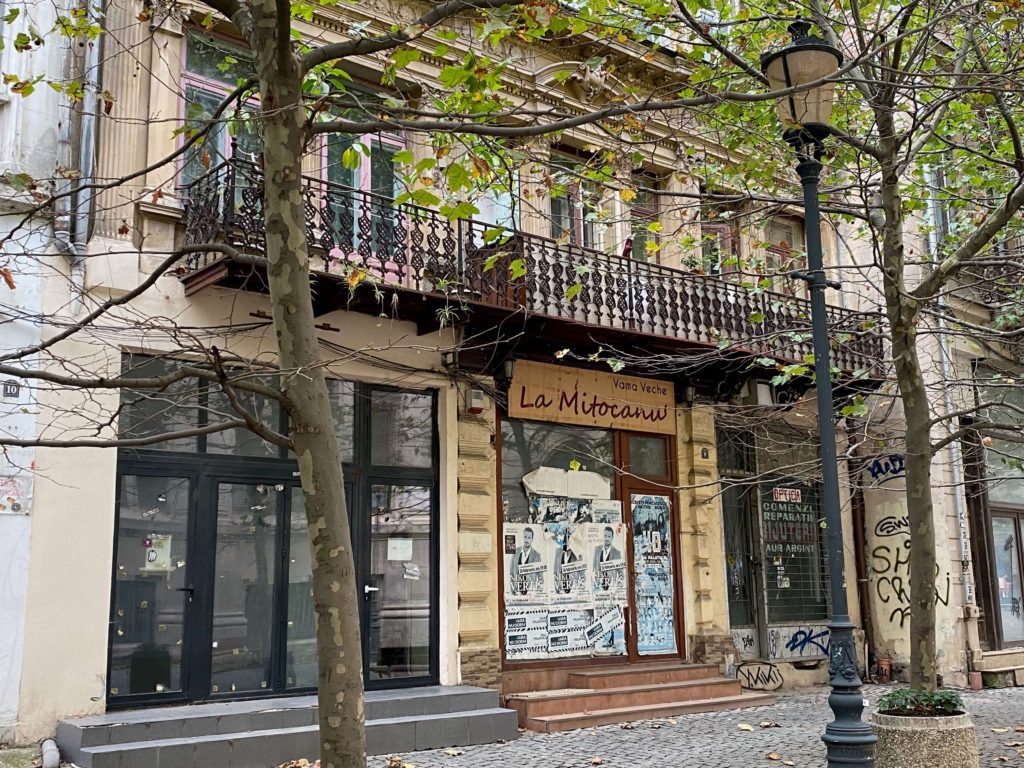
Some buildings were marked with round red signs stating that the building is not safe and will likely crumble when the next earthquake hits (Bucharest lives with the legacy of the devastating earthquakes of 1908, 1940, and 1977).[2]According to the municipality, there are 38 such buildings in the Old Centre, some of them inhabited. Other buildings did not have such signs but were nevertheless held together by metal beams.

In Romania, many of these buildings tend to be discussed and written about as ‘fuzzy property’; namely, buildings whose legal title is contested and are therefore stuck in a state of decay (Verdery 1999, chapter 3). But even many of the buildings whose ownership is not contested stand empty, the owners allegedly waiting until the building crumbles, because it is cheaper to build a new one than to renovate an old one according to the required earthquake proof standards. Some of the buildings also displayed ‘for rent’ or ‘for sale’ signs next to the ‘danger’ signs, suggesting that the current owners hoped someone with more resources would take it upon themselves to restore the buildings’ historical value according to contemporary safety standards, or demolish them. It might also be that the owners are waiting out the 10 years’ demolition ban after the title has been awarded (Chelcea 2015).
But behind Bucharest’s dilapidated facades hides fading glory – once-lavish stairwells, passages, and halls. Our hotel feels like something that could have been the Grand Budapest Hotel but is not. The halls are half-empty. Employees sit behind massive counters and are barely visible. They mostly seem bored, but spring to action when we approach. In the breakfast room, I encountered a man sitting alone in the corner in the dark. He sat in front of a few sheets of paper which he proceeded to check after turning on the light above his seat, only to announce that “breakfast is not included”; there was only one entry in his list of breakfast eaters, and it was not me. We agreed on the terms of my breakfast. He happily turned on the lights in the dining room and set out to serve me. Out of nowhere – for there was no kitchen or cooks in sight – he produced a plate of tomatoes and brinza, followed by a cheese omelette. I ate and listened to the lonely clinking of my knife and fork against the plate, while he continued to sit in the corner with the light off. When I finished, he turned off the lights and settled back into waiting.
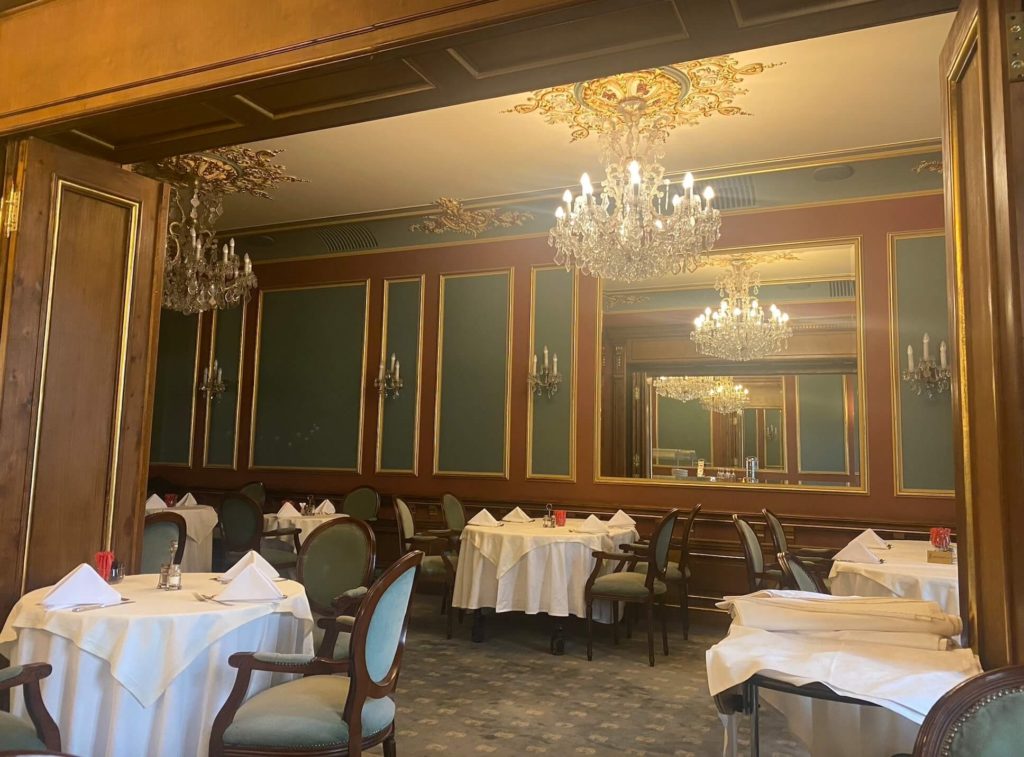
A similar sense of waiting seemed to emanate from the empty buildings of Bucharest. The English Passage, a 19th-century architectural gem that once was a hotel, then a luxury brothel, and now a source of low-cost housing with laundry hanging from balconies, also seems to be waiting for something. Most of the shops or offices on the ground floor are closed. The city’s oldest hatter – the 92-year old Nicolae or Master Nicu – has not been seen for several weeks according to one resident and several months according to another.[3]I thank Tudor Țighiliu for his assistance with translation. The only functioning business is a scooter recharging station that lends the passage a red glow, inadvertently reminiscent of its days as a brothel.
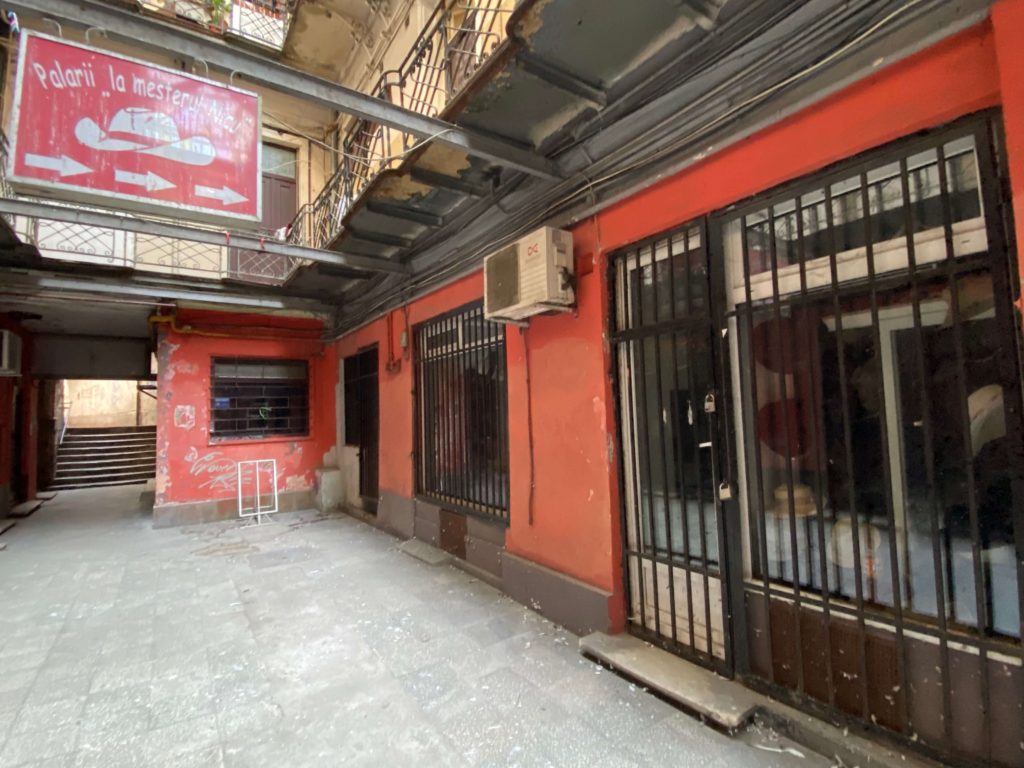

Residents of former hotel rooms on the upper floors share kitchens and bathrooms. Iulian[4]This is a pseudonym. on the 1st floor shares his kitchen with 10 other people. The rooms are small, he says, and there is not enough light. He offers me the chance to take a picture of his room for 50 dollars. I refuse. Neither Iulian nor the other residents can explain who exactly owns the apartments; they are renting from someone who has a right to the apartment but may or may not be the owner. It could be that the rooms in the English Passage are part of the city’s meagre social housing stock, but the residents we met were not sure (according to Irina Zemfirescu & Liviu Chelcea’s (2020: 7) calculations, there were 22,000 applications for social housing in 2017 and 20 available apartments). The front part of the building was renovated and the apartments were being sold, as far as we could tell. One of the exits – opposite to the apartments for sale – boasted a working bakery. The back part – the passage itself – resembled a favela, as described by Igloo magazine.
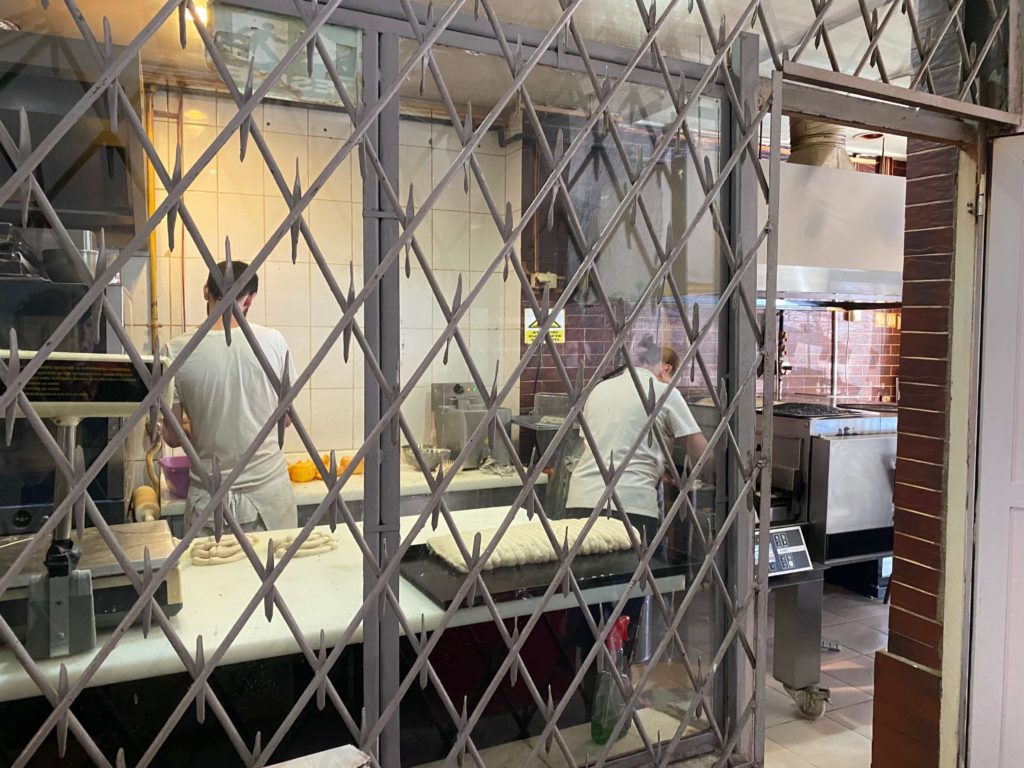
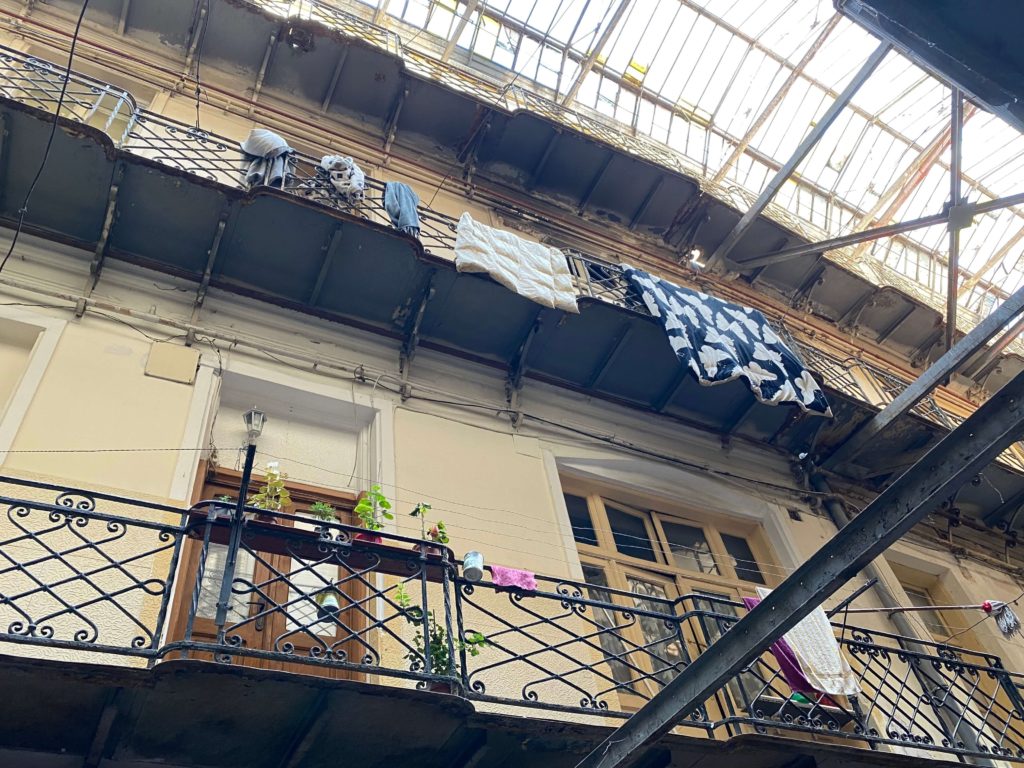
If my fieldwork locations in Latvia are losing their constitutive elements, from people to shops to schools, the sense in the Old Centre of Bucharest is that the place is moving on, while leaving its constitutive elements – the buildings and the people – behind. Bucharest has a future, already has a future, but the place of many buildings and their current or former residents in this future is not clear. Some of the empty buildings or empty lots obscure a history of evictions (Zamfirescu & Chelcea 2020), which tends to be celebrated by politicians and developers as “the removal of obstacles to the preservation of landmark buildings and a necessary step toward the beautification of historical – that is, pre-1950s – areas” of Bucharest (Zamfirescu & Chelcea 2020: 7). However, the celebrated preservation and beautification do not seem to be taking place. For now, the buildings, with or without residents, remain in waiting.
This is an Open Access article, distributed under the terms of the CC-BY (Creative Commons Attribution 4.0 International) licence, which permits unrestricted re-use, distribution, and reproduction in any medium, provided the original work is properly cited.
Footnotes
| ↑1 | According to one newspaper, there are at least 27 such buildings in the Old Centre but certainly more. |
|---|---|
| ↑2 | According to the municipality, there are 38 such buildings in the Old Centre, some of them inhabited. |
| ↑3 | I thank Tudor Țighiliu for his assistance with translation. |
| ↑4 | This is a pseudonym. |